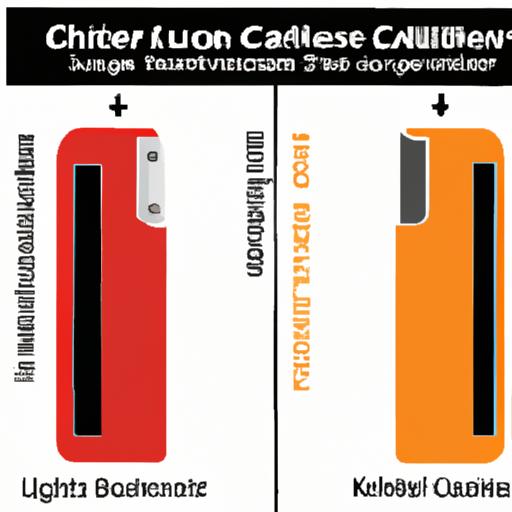Blog
Lighter Case Materials Compared: Which Offers Best Durability?
Lighter Case Materials Compared: Which Offers Best Durability?
In an era where portability and protection are paramount, especially for everyday carry items like smartphones, laptops, and tablets, the choice of case material plays a crucial role. With consumer electronics becoming increasingly lightweight and sleek, manufacturers have explored various lighter materials to offer protective solutions that do not compromise on durability. This article compares popular lightweight case materials—polycarbonate, aluminum, carbon fiber, and silicone—analyzing their strengths and weaknesses in terms of durability, aesthetics, and practicality.
1. Polycarbonate
Overview: Polycarbonate is a type of durable plastic that has gained popularity due to its impressive strength-to-weight ratio. It’s often used for the outer shell of phone cases and is known for being impact-resistant.
Durability: Polycarbonate cases can withstand considerable force without cracking or breaking, making them ideal for protecting electronic devices against drops and bumps. However, they can scratch more easily than some harder materials, which can affect aesthetic appearance over time.
Pros:
- Highly impact-resistant
- Lightweight and flexible
- Cost-effective
Cons:
- Susceptible to scratches
- Not as premium in look and feel compared to metal or carbon fiber
2. Aluminum
Overview: Aluminum cases bring a premium touch to devices, combining a lightweight structure with robust protective qualities. The metal is favored by manufacturers aiming for a sleek, stylish look alongside sturdiness.
Durability: Aluminum is formidable in terms of rigidity and provides excellent protection against impacts and environmental challenges. However, it can bend upon extreme stress, resulting in a deformation that may affect the fit and functionality of the device.
Pros:
- Excellent structural integrity
- Aesthetic appeal
- Often includes advanced thermal properties
Cons:
- Can be heavier than plastic alternatives
- Risk of bending under heavy impact
- Potential to scratch and dent
3. Carbon Fiber
Overview: Carbon fiber has carved out a niche in the case material market thanks to its modern, tech-savvy image and superior strength. It’s woven from thin strands of carbon, making it extremely lightweight while still providing impressive strength.
Durability: Carbon fiber cases are resistant to impacts and twisting, making them one of the most durable options available. They can generally withstand greater levels of stress than both polycarbonate and aluminum without showing significant damage.
Pros:
- Exceptional strength-to-weight ratio
- Highly resistant to impacts and wear
- Unique aesthetic with a modern allure
Cons:
- More expensive than most plastic and metal options
- Potentially more brittle under extreme conditions
- May not provide as much shock absorption as softer materials
4. Silicone
Overview: Silicone cases are often favored for their soft touch and flexibility. Although they are lighter, they are usually thicker than hard cases, providing a cushioning effect.
Durability: Silicone is not as rigid as the other materials mentioned, but its cushioning properties make it proficient at absorbing shocks from drops. While silicone can withstand daily wear and tear, it may not offer the same level of protection against sharper impacts compared to more rigid options.
Pros:
- Excellent shock absorption
- Lightweight and flexible
- Provides a good grip and feel
Cons:
- Can attract dust and lint
- Less stylish, may appear bulkier
- Can degrade in quality over time from exposure to UV light
When it comes to choosing the best lightweight case material based on durability, there isn’t a one-size-fits-all answer. It largely depends on the user’s needs and lifestyle.
- For maximum protection from impacts and a sleek look: Carbon fiber is the top choice, albeit at a higher price point.
- For a balance of style, protection, and affordability: Polycarbonate offers an excellent option for most consumer electronics.
- For a premium feel with structural integrity: Aluminum cases stand out, though their susceptibility to bending must be considered.
- For those who prefer cushioning and grip: Silicone provides ample shock absorption but may lack in aesthetic appeal and is less protective against harsher impacts.
Ultimately, it’s essential to consider how you use your device and what kind of environments you expose it to when selecting a case material. The best material for you will harmonize protection with lightweight convenience, enhancing your device’s longevity while fitting seamlessly into your lifestyle.

